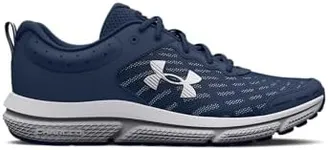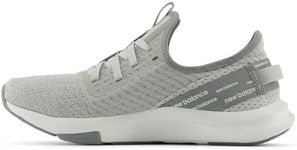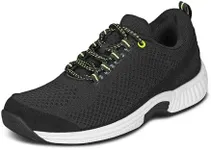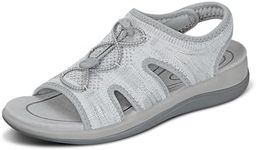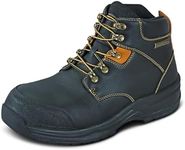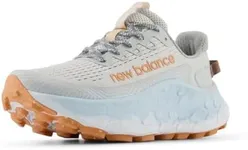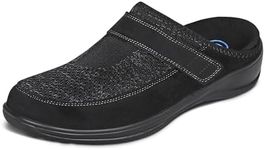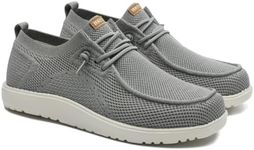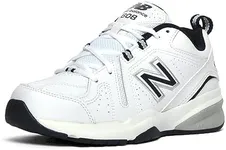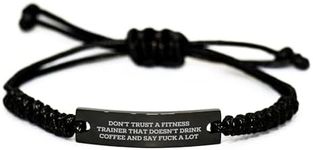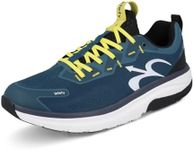Buying Guide for the Best Shoes With Arch Support
Choosing the right shoes with arch support is crucial for maintaining foot health and overall comfort, especially if you have specific foot conditions like flat feet or high arches. The right pair can prevent pain and injuries, improve posture, and enhance your overall walking or running experience. Here are some key specifications to consider when selecting shoes with arch support.Arch TypeArch type refers to the natural curve of the bottom of your foot. It's important because different arch types require different levels of support. There are three main types: low (flat feet), medium (normal arch), and high. To determine your arch type, you can do a simple wet test by wetting your foot and stepping on a piece of paper. The imprint will show your arch type. Choose shoes that are specifically designed to support your particular arch type for optimal comfort and support.
CushioningCushioning in shoes provides shock absorption and comfort. It's important because it helps reduce the impact on your feet, especially during high-impact activities like running. Cushioning can vary from minimal to maximum. If you have high arches, you might need more cushioning to provide adequate support. For flat feet, moderate cushioning with good arch support is usually sufficient. Consider your activity level and foot condition when choosing the right amount of cushioning.
Insole MaterialThe insole material affects the comfort and support of the shoe. Common materials include foam, gel, and custom orthotics. Foam insoles are lightweight and provide good cushioning, gel insoles offer excellent shock absorption, and custom orthotics are tailored to your specific foot shape and needs. If you have specific foot issues or need extra support, custom orthotics might be the best choice. Otherwise, foam or gel insoles can provide adequate comfort and support for most people.
Heel SupportHeel support is crucial for maintaining proper foot alignment and preventing injuries. Good heel support helps stabilize your foot and reduces the risk of overpronation (foot rolling inward) or supination (foot rolling outward). Look for shoes with a firm heel counter, which is the part of the shoe that wraps around the back of your heel. This is especially important if you have flat feet or high arches, as it helps maintain proper alignment and reduces strain on your feet.
Fit and SizeThe fit and size of the shoe are essential for comfort and support. Shoes that are too tight can cause blisters and discomfort, while shoes that are too loose can lead to instability and foot pain. Make sure to measure your feet regularly, as foot size can change over time. Try on shoes at the end of the day when your feet are slightly swollen to ensure a proper fit. Consider the width of the shoe as well, especially if you have wide or narrow feet. A good fit will provide the right balance of comfort and support.
